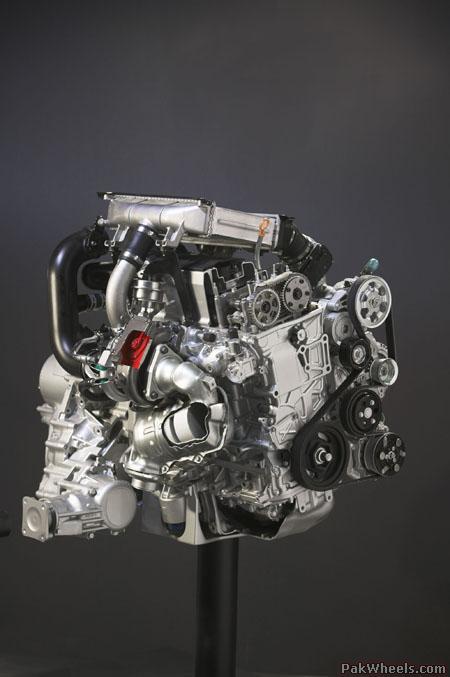
@storm.Cant be specific of what engine internals have been changed for forced induction but what i learnt means that Acura's first attempt at forced-induction is pretty impressive
All these great performance figures come by way of a very innovative variable flow turbo that uses a movable restrictor valve in to turbine housing to close off portions of the turbine inlet; hereby increasing exhaust gas velocity into the turbine. This essentially allows the turbocharger to act like both a large and small turbo depending on engine load, helping to eliminate the turbo lag that accompanies a large turbo while still giving the high horsepower figure indicative of such a device. Add to that the benefit provided by an air-to-air intercooler.
The combination of VTEC, which works in naturally aspirated engines to deliver power through a wide rpm range, and turbo, which elicits strong power in short spurts of acceleration, works well here.
The combination of Honda VTEC & turbo operation is sophisticated but yet impressive.
It sure is complicated
For example, the turbo's movable flow control valve that allows air in is powered by diaphragm-type actuators that are controlled by electric solenoids that, in turn, are controlled by the main engine control unit. This is the same ECU that oversees the VTEC system and helps explain how the VTEC and turbo operations are able to complement each other.